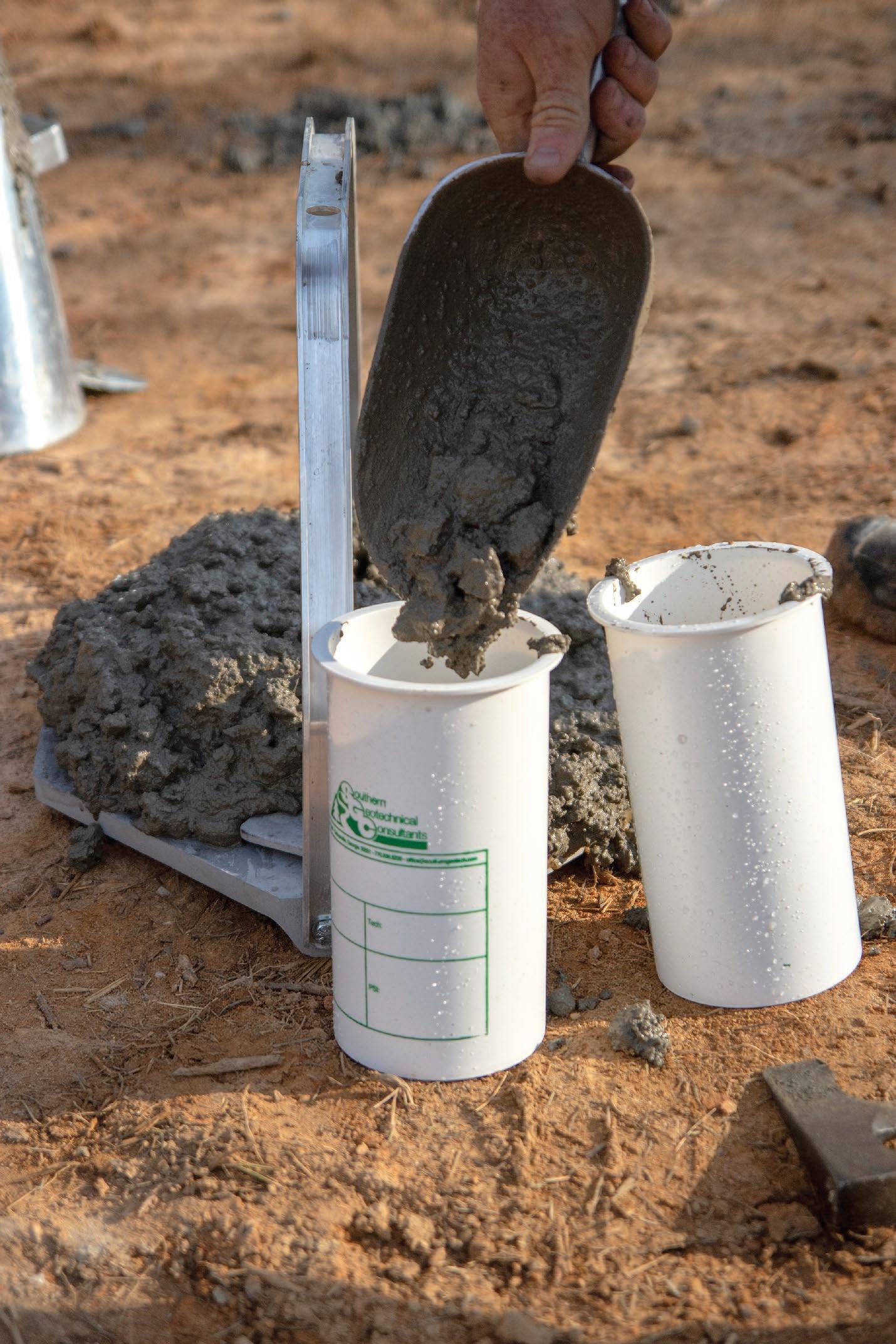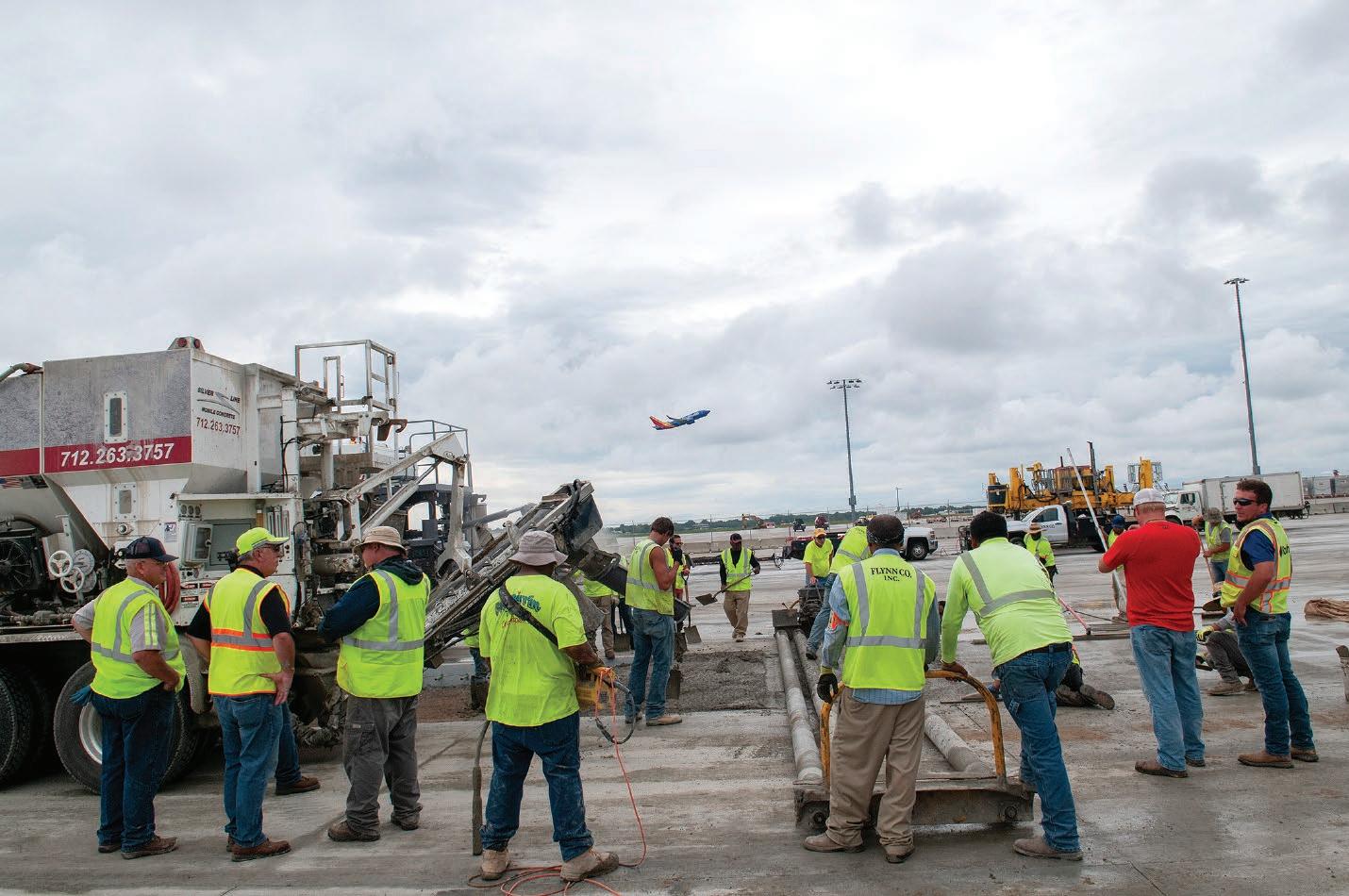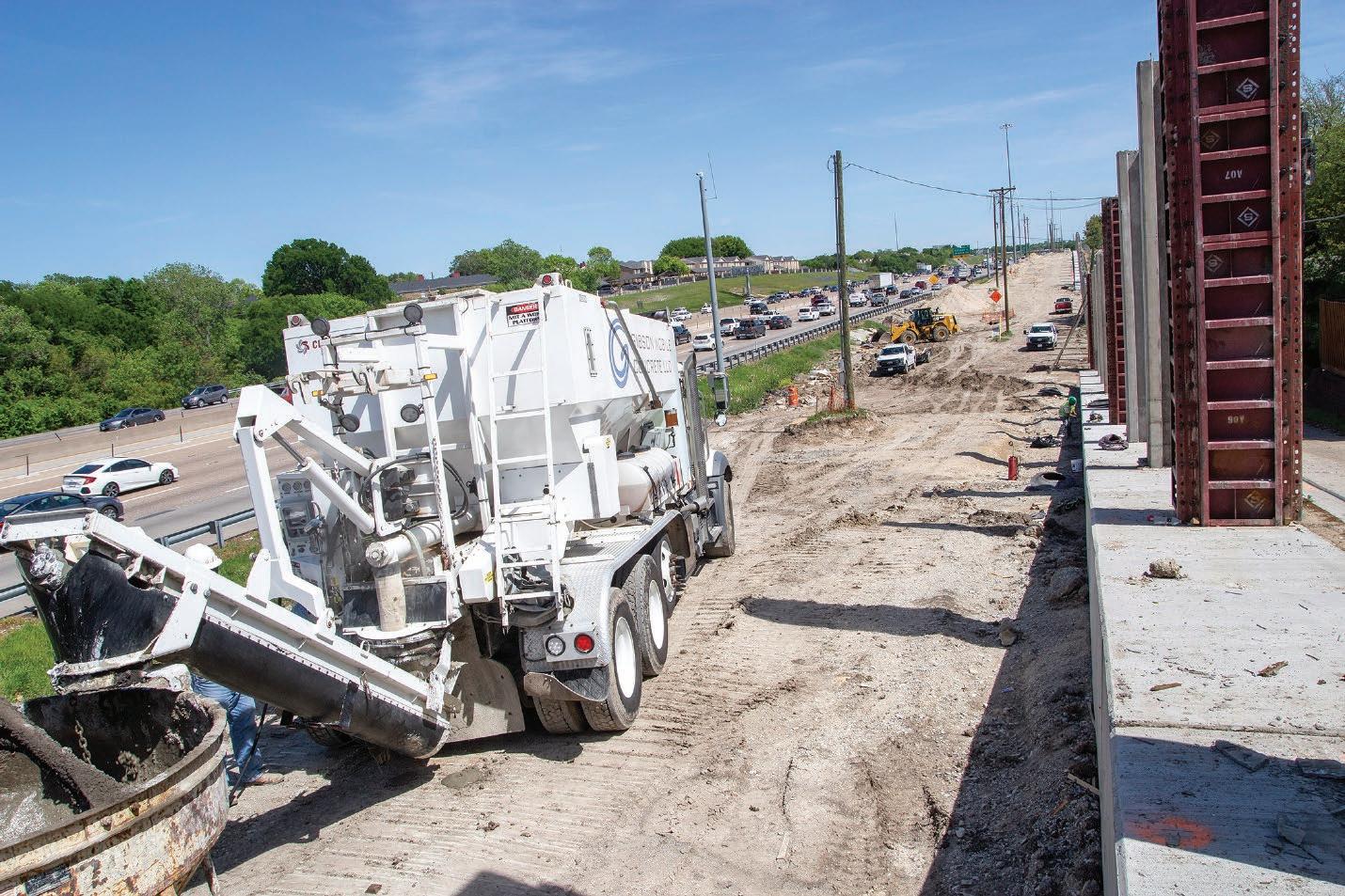SPECIAL REPORT
Key Issues to Consider When Choosing Mobile Concrete Production Plants for Airport Runway and Maintenance Key Issues to Consider When Choosing Mobile Concrete Production Plants for Airport Runway and Maintenance Why Now is the Time to Look at Runway Surfaces Going Mobile: How Airports are Embracing the Mobile Cement Plant Cement Mixing Plants: The Benefits of Mobility Mobile Cement Mixing Can Help Meet the Carbon Challenge
Published by Global Business Media






